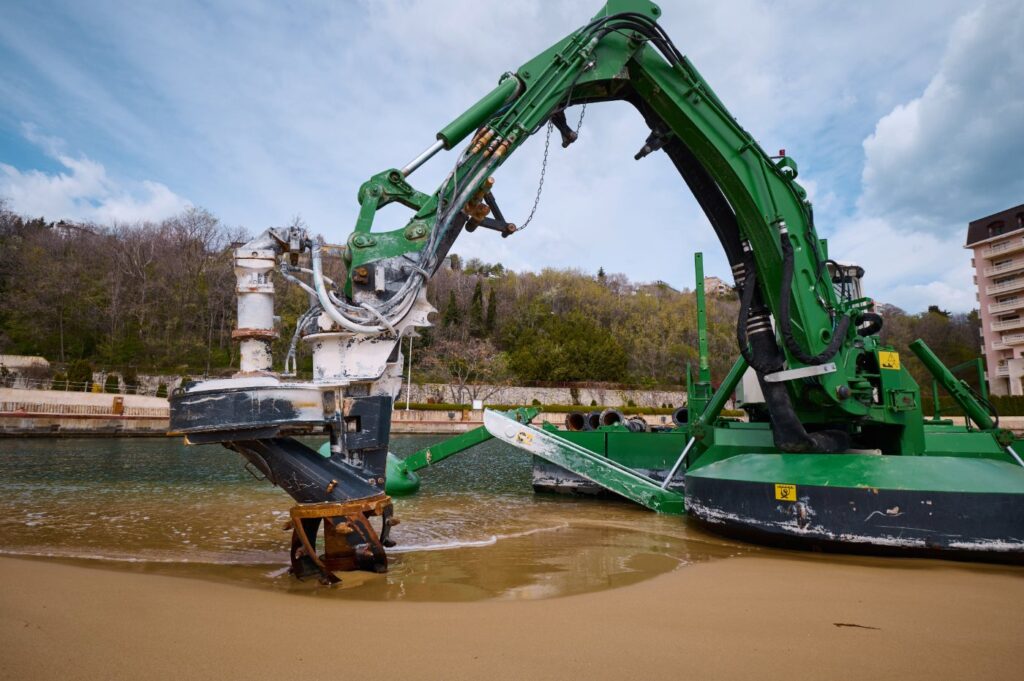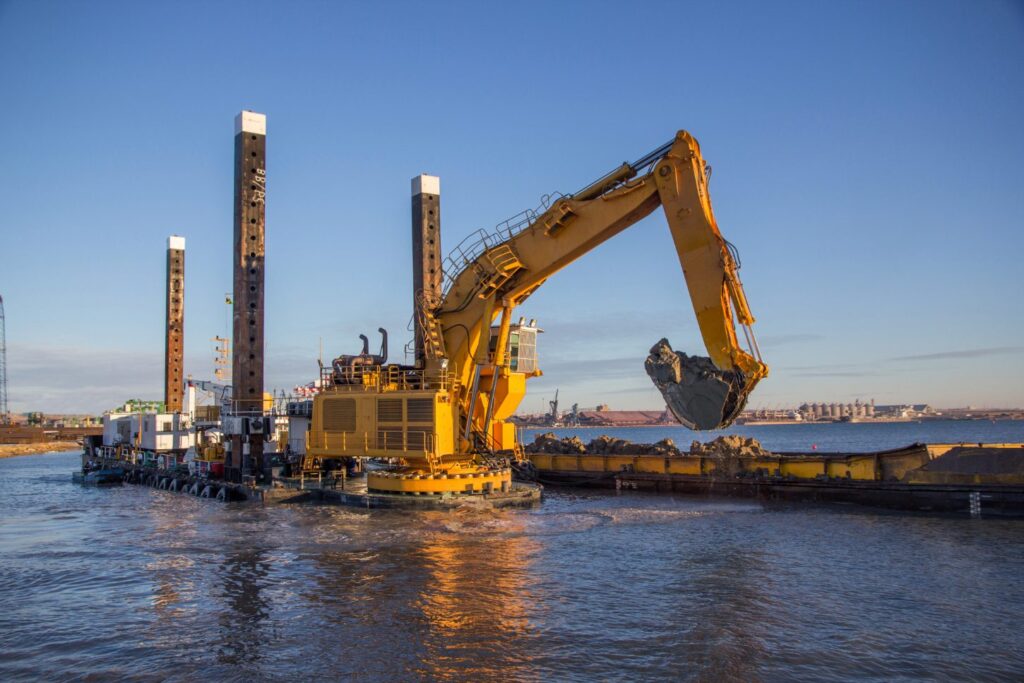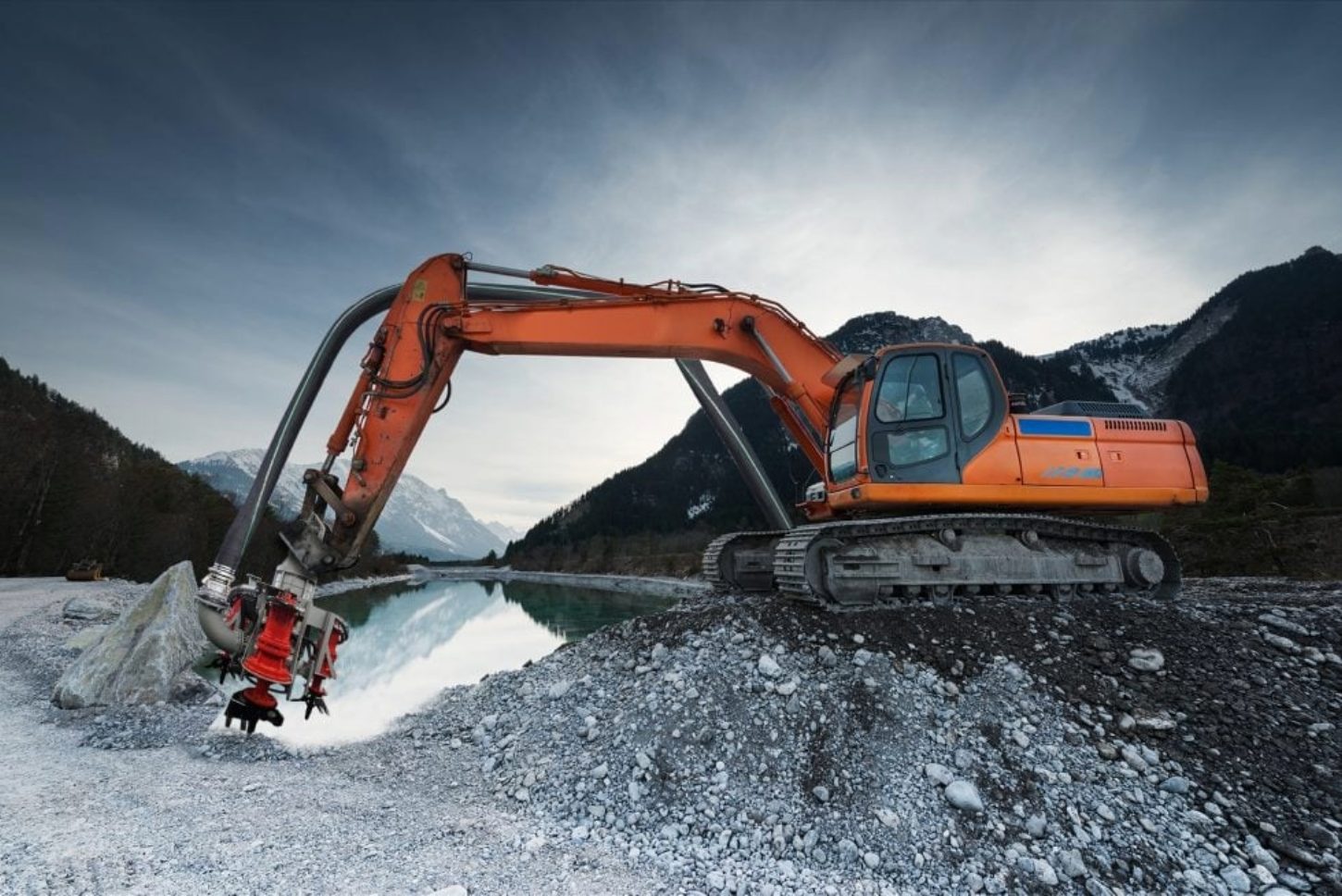Dredging plays a crucial role in various construction and environmental projects, ranging from maintaining waterways to land reclamation and habitat restoration. Efficient dredging is crucial for enhancing navigation, improving water quality, and providing stable foundations for infrastructure. One of the most effective ways to boost dredging performance is through the use of an excavator dredge attachment.
An excavator dredge attachment is a versatile tool that enhances the efficiency of excavators by enabling them to perform precise dredging tasks, especially in challenging environments. These attachments, including excavator dredge pumps, help remove sediment and debris from water bodies quickly and accurately. By incorporating excavator dredge pump systems, contractors can ensure better control over the dredging process, improving material removal and transportation.
This article will focus on how contractors can utilize excavator attachments to enhance dredging efficiency, reduce operational costs, and ensure successful project outcomes, particularly when employing lake dredging equipment for waterway and lakebed maintenance.
What is an Excavator Dredge Attachment?
An excavator dredge attachment is a specialized tool that enhances the capability of a standard excavator, transforming it into a versatile dredging machine. These attachments are designed to assist in removing sediment, debris, and other materials from the bottom of bodies of water, such as lakes, rivers, and harbors. They are particularly useful for projects requiring precision and efficiency, including environmental restoration, port maintenance, and lake dredging.
The main purpose of an excavator dredge attachment is to perform dredging tasks without the need for larger, more expensive dredging equipment. By utilizing these attachments, contractors can significantly enhance flexibility, mobility, and cost efficiency, especially in areas with limited access or confined spaces. This makes excavators equipped with the right attachments an ideal solution for smaller or more targeted dredging projects.
There are several key types of excavator attachments, each suited to specific dredging tasks:
- Cutterheads: Used to break up hard, compact sediments like clay and rock, cutterheads are ideal for deeper dredging projects or when dealing with tougher materials.
- Buckets: Often used for dredging softer sediments, such as mud and sand, buckets come in various sizes, making them versatile for different sediment types.
- Grabs: These attachments enable the lifting and removal of large volumes of material simultaneously, making them ideal for dredging operations that require rapid material handling.
- Excavator dredge pumps: These attachments are used to pump slurry and water away from the dredging site. Excavator dredge pumps enhance the efficiency of material transport, particularly when handling sediment-laden water.
These excavator dredge attachments integrate seamlessly with excavators, providing contractors with improved dredging performance and versatility. Whether for lake dredging equipment or other specialized dredging projects, these attachments offer precision, mobility, and flexibility to meet various project needs.
Key Advantages of Using Excavator Dredge Attachments

Excavator dredge attachments offer numerous benefits, making them an attractive option for contractors involved in dredging projects. These advantages enhance the efficiency, flexibility, and overall success of dredging operations, making them ideal for various applications, such as lake dredging, harbor maintenance, and environmental restoration projects.
Enhanced mobility and flexibility are key advantages of using excavator attachments over traditional dredging machines. Excavators are highly mobile and can easily navigate through difficult terrain, confined spaces, and shallow areas. When equipped with the right excavator dredge attachment, they provide a versatile solution for smaller or more complex dredging tasks. This makes them particularly useful for lake dredging equipment, where maneuverability and flexibility are essential in working within limited space and shallow water.
Another significant benefit is cost-efficiency and scalability. Excavator dredge attachments can be rented or purchased for specific projects, offering a more affordable option compared to investing in large, expensive dredging equipment. Whether the project is small-scale or large, the modular nature of these attachments enables contractors to scale up or down according to their needs. For example, an excavator dredge pump can be used in smaller operations, while a larger excavator attachment can be brought in for more complex dredging tasks. This scalability reduces unnecessary expenditure on equipment that may not be required for the entire project duration.
Reduced environmental impact is another key advantage. The precise removal of material using excavator dredge attachments ensures minimal disturbance to the surrounding ecosystem. In projects involving lake dredging equipment, such as cleaning up sediment in lakes, excavator dredge pumps provide controlled sediment removal, reducing the risk of turbidity or other harmful effects on the water quality.
Improved control and precision are particularly important in confined or shallow areas where larger dredging machines might not be able to operate efficiently. With the precision of excavator dredge attachments, contractors can perform delicate dredging tasks without risking damage to surrounding structures or ecosystems.
Ultimately, excavator attachments can enhance project timelines and lower operating costs by increasing efficiency and minimizing downtime. Their flexibility, cost-effectiveness, and ability to operate in smaller or restricted environments result in quicker project completion with lower labor and maintenance costs. For contractors, this means higher profitability and better project outcomes.
Top Applications of Excavator Dredge Attachments

a. Lake Dredging
Excavator dredge attachments significantly enhance the efficiency of lake dredging equipment by enabling precise sediment removal from lakes, ponds, and other water bodies. These attachments are designed to easily integrate with excavators, providing a versatile and mobile solution for dredging tasks. Whether the goal is to restore water quality, improve recreational areas, or remove excess sediment, these attachments help streamline the process.
For residential lakes, excavator attachments are used to remove accumulated sediment and debris, improving water clarity and making the area more suitable for swimming, fishing, and other recreational activities. Lake dredging equipment, like specialized buckets and excavator dredge pumps, ensures that material is efficiently moved from the lakebed to disposal or recycling sites. Similarly, in environmental projects, excavator dredge attachments offer a controlled method for removing contaminants from water bodies, restoring aquatic habitats, and enhancing water quality.
Excavator dredge pumps are particularly useful for handling the slurry created during lake dredging operations, as they transport sediment quickly and efficiently. This ensures that the dredging process is both fast and environmentally responsible.
b. Waterway Maintenance
Using excavator dredge attachments for river and canal dredging helps maintain waterways by removing silt, sediment, and debris that accumulate over time. Excavators equipped with specialized attachments such as cutterheads and excavator dredge pumps can clear materials from the riverbed and transport them to designated disposal areas.
Excavator dredge pumps are especially beneficial in deepening and widening river and canal channels. These pumps efficiently handle large volumes of water mixed with sediments, helping prevent flooding and ensuring the smooth passage of boats and ships. The precision of excavator dredge attachments ensures that dredging activities are done with minimal disruption to the surrounding environment.
c. Harbor and Marina Dredging
In harbor and marina dredging, excavator dredge attachments are essential for working in confined spaces where precision is critical. These attachments enable accurate sediment removal, ensuring that the harbor infrastructure remains in good condition and remains navigable for ships.
For port expansion projects, excavator dredge pumps play a crucial role in efficiently removing large volumes of material. In contrast, excavators equipped with specialized attachments offer flexibility in working within tight or confined spaces. Whether dredging to create deeper docking areas or improving navigation routes, excavator attachments provide unmatched precision, reducing operational costs and project timelines.
d. Mining and Material Extraction
Excavator dredge attachments are also commonly used in mining operations to extract valuable minerals from riverbeds and shorelines. The excavator dredge pump, along with other attachments, allows miners to access hard-to-reach areas where traditional excavation methods might struggle. These attachments can be customized for different mining needs, such as extracting sand, gravel, or even precious metals like gold.
In challenging environments, such as remote riverbanks or submerged areas, excavator dredge attachments enable operators to dredge efficiently, making it easier to transport extracted materials to processing sites. The versatility of the equipment ensures that hard-to-reach areas can be accessed with minimal disruption to the surrounding environment, improving overall productivity.
In conclusion, excavator attachments enhance efficiency in a variety of dredging projects, from lake dredging equipment for residential and recreational purposes to larger-scale operations such as waterway maintenance, harbor dredging, and mining. The use of excavator dredge pumps in these applications enhances material removal, minimizes environmental impact, and ultimately ensures more cost-effective and faster project completion.
How Excavator Dredge Attachments Integrate with Excavators

One of the key advantages of using excavator dredge attachments is the ease with which equipment can be attached and detached for different dredging tasks. Excavators are equipped with hydraulic quick couplers, which enable operators to easily switch out attachments according to the project’s specific needs. This flexibility is particularly beneficial for lake dredging equipment, where different tasks may require different types of dredging tools, such as buckets for soft sediment removal or cutterheads for breaking up compacted materials. The ability to easily swap attachments minimizes downtime and enhances the overall efficiency of the dredging process.
By integrating excavator dredge attachments, contractors can significantly enhance the functionality of their excavators. These attachments, which include tools such as excavator dredge pumps, cutterheads, grabs, and buckets, transform an excavator into a specialized dredging machine that can handle various sediment types and operate in confined or challenging environments. For lake dredging equipment, excavators fitted with dredging attachments can efficiently clear sediment, improve water quality, and restore the environment without the need for larger, more costly dredging machinery. The compact nature of these attachments allows excavators to work in areas where traditional dredging machines would struggle, such as in narrow channels, shallow lakes, or confined spaces around structures.
Contractors can also customize their setup according to project requirements. Whether the goal is to dredge a small residential lake, perform a large-scale river cleanup, or expand harbor facilities, contractors can select the appropriate excavator dredge attachment to match the project’s scope and nature. For example, excavator dredge pumps are ideal for transporting sediment and slurry over longer distances. At the same time, smaller, more precise attachments such as buckets and grabs may be used in more localized dredging activities. The versatility of the excavator, combined with the various dredging tools available, enables contractors to tailor their equipment to the unique needs of each project, improving productivity and ensuring that the right tools are used for the job.
Overall, the integration of excavator attachments with excavators allows contractors to maximize the utility of their equipment, reduce costs, and adapt quickly to different dredging needs.
Conclusion
The use of excavator dredge attachments provides numerous benefits for efficient dredging operations, particularly in challenging environments. These attachments enhance the mobility and precision of excavators, enabling them to perform a wide range of tasks that traditional dredging machines may struggle with. Whether it’s removing sediment from lakes, rivers, or harbors, these attachments provide flexibility, cost-effectiveness, and reduced environmental impact.
Contractors can leverage excavator dredge attachments to improve performance, reduce operational costs, and ensure the success of their projects. By selecting the right attachments—whether it’s for lake dredging equipment or larger dredging tasks—contractors can tailor their setup to meet the specific needs of each project. This ability to easily switch between attachments increases efficiency, reduces downtime, and ensures that the right equipment is used for every phase of the project.
Looking to the future, the integration of excavators with specialized dredging attachments is expected to continue evolving, offering more sustainable, cost-effective, and versatile solutions for dredging. As demand grows for more efficient and environmentally friendly dredging operations, excavator attachments will play a central role in shaping the industry’s future.



